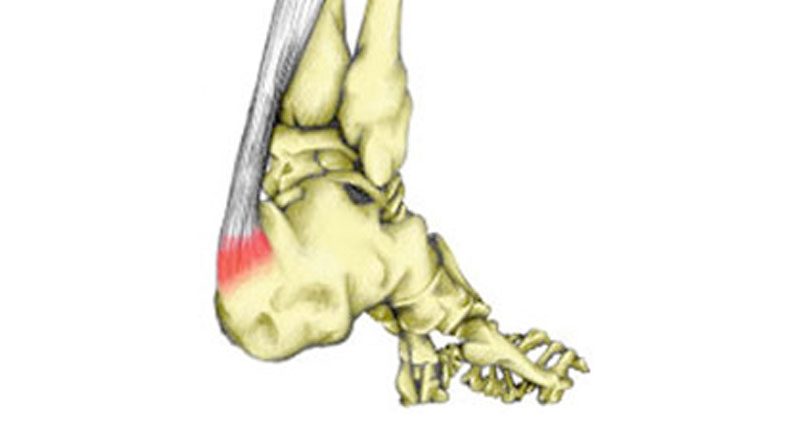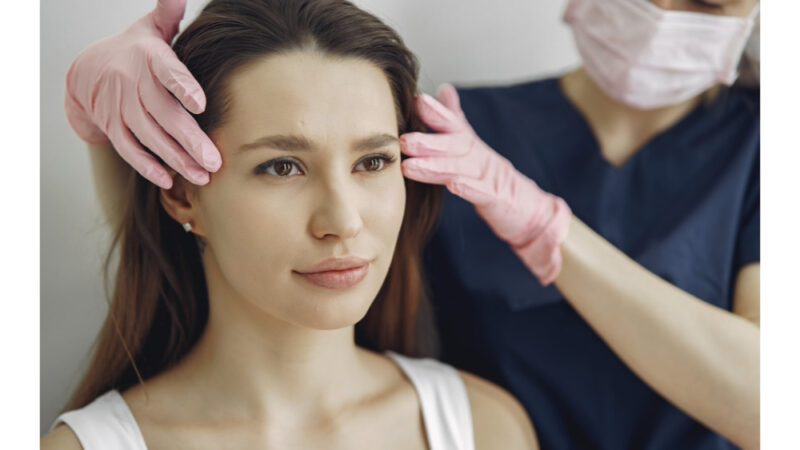How to Manage Sever’s Disease

Sever’s disease is the common term used to refer to Calcaneal Apophysitis. It is common among athletes, coaches, and other physically active people.
It is also common among maturing kids and adolescents. It manifests as pain in the heel or around the Achilles tendon. Because of the pain on these organs, active children and athletes tend to limit their activities.
However, sever’s diseases brace can help lessen the pain, speed up healing, and increase activity.
The pain in the heel is a result of consistent pressure and stress on the heel. This pain is rampant during growth spurts in adolescents. This concentration of pressure on the growth plate causes pain and a bony bump on the affected region.
Symptoms of Sever’s Disease
Some of the symptoms in children and athletes include;
- pain that worsens while jumping, running, or engaging in rapid athletic movements
- Pain in both heels where the ache on one foot is severe
- Tender to touch and heel pain underneath the heel
- Difficulty in wearing shoes designed with a hard heel cup
- Improvement with alternative activity or rest
How long do the symptoms last?
The pain associated with sever’s disease depends on the activities a person does. For children who are not very active in sports, the symptoms may diminish quickly, and on their own. However, it can last from two to eight weeks.
The symptoms may reappear if the contributing factors persist, and no treatment is used to treat it. When the growth spurts stop, the child is no longer at risk for sever’s disease.
Reoccurrence
It is crucial to take precautionary measures to avoid a recurrence of sever’s disease. Once the symptoms alleviate, its necessary to do the following;
- Wear appropriate shoes
Buy high-quality shoes with a comfortable arch and heel support. The shoes should have sufficient cushioning to reduce tension on the Achilles tendon and plantar fascia. It should also not rub on the heel’s growth plate.
Always wear fitting shoes. Small-sized shoes with a high heel or very heavy shoes should be avoided. While you are managing the pain, you can wear sandals because they are most comfortable because they prevent irritation and rubbing on the back of the heel.
- Avoid high impact exercises
Do not go back to activities that assert pressure on your heels. Avoid repetitive exercises such as jumping, skipping, hopping, and running.
- Use ice or heat at the heel to manage the pain
- Take time before resuming athletic activities.The heel should take between 2 to 8 weeks to recover. When you’re finally well, start with light exercises and gradually move to the more demanding ones.
- Stretch the back of your legs regularly, while at it do not forget the calf and the heel’s bottom.
Bracing
Using heel cups and bracing is an excellent way to manage sever’s disease. Braces provide cushioning to the heel and give it support, as tension, and pressure on the growth plate decrease, inflammation, pain and discomfort.






